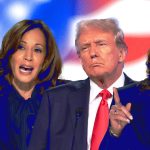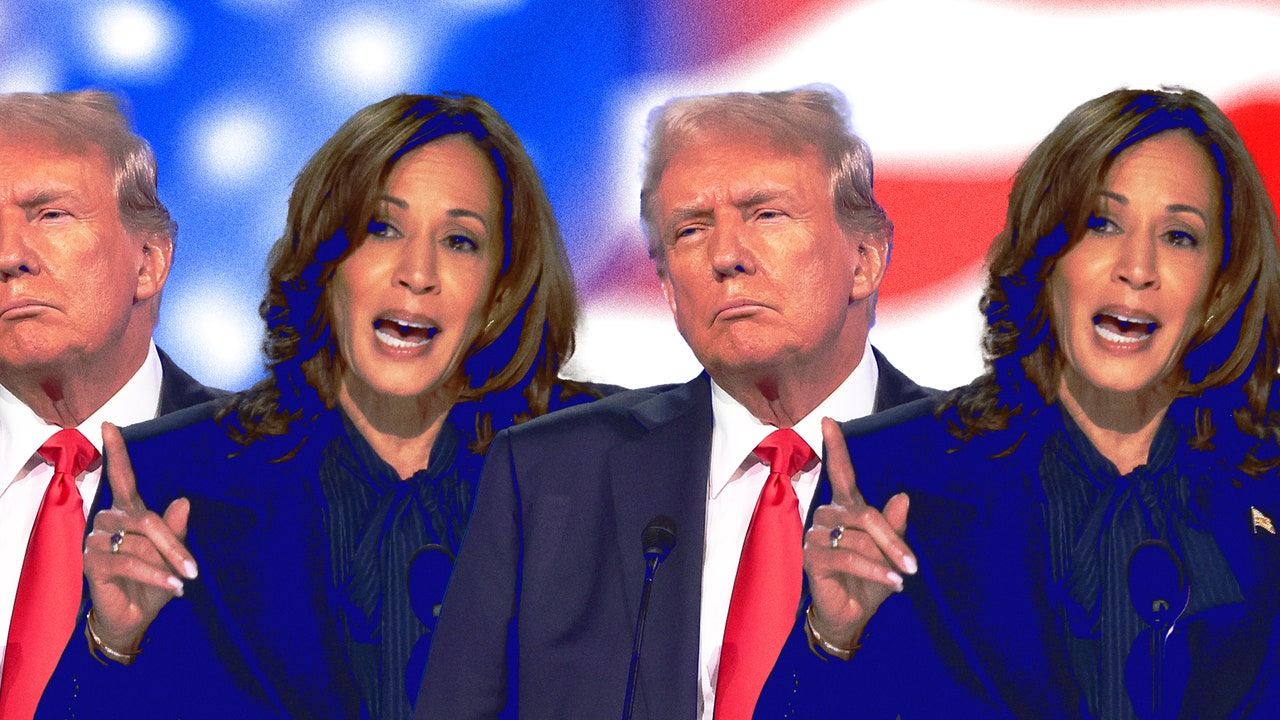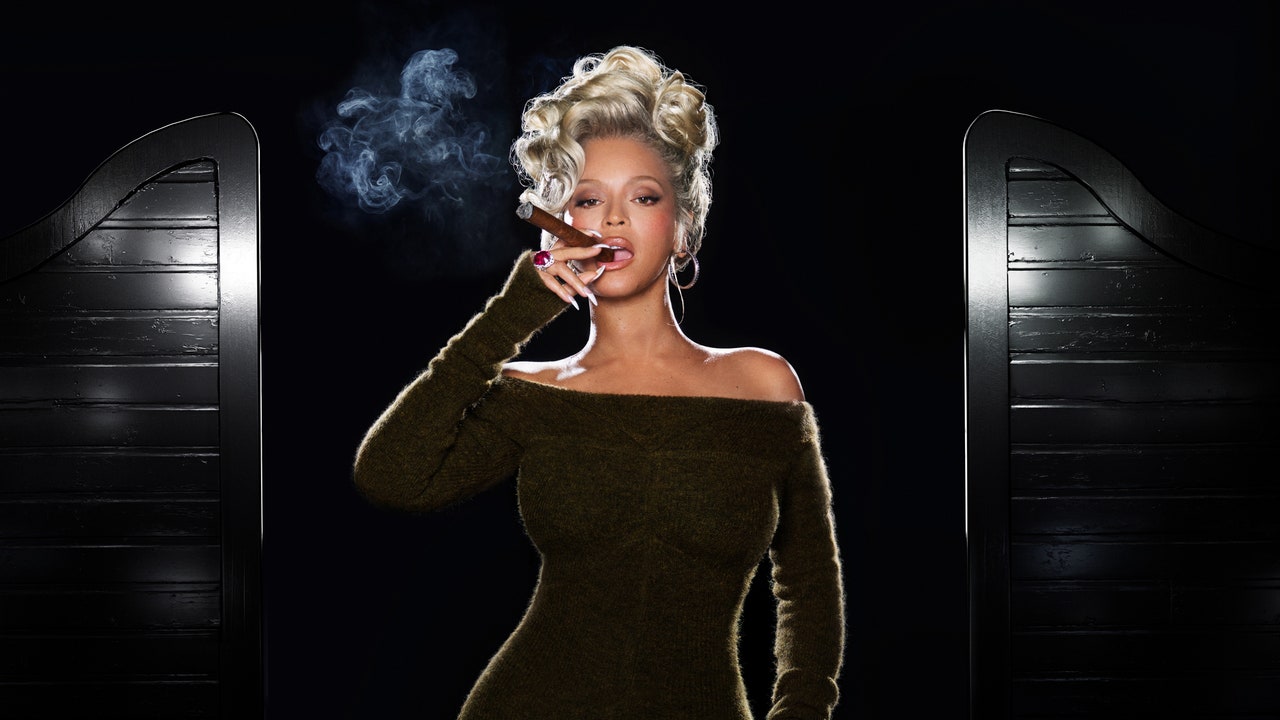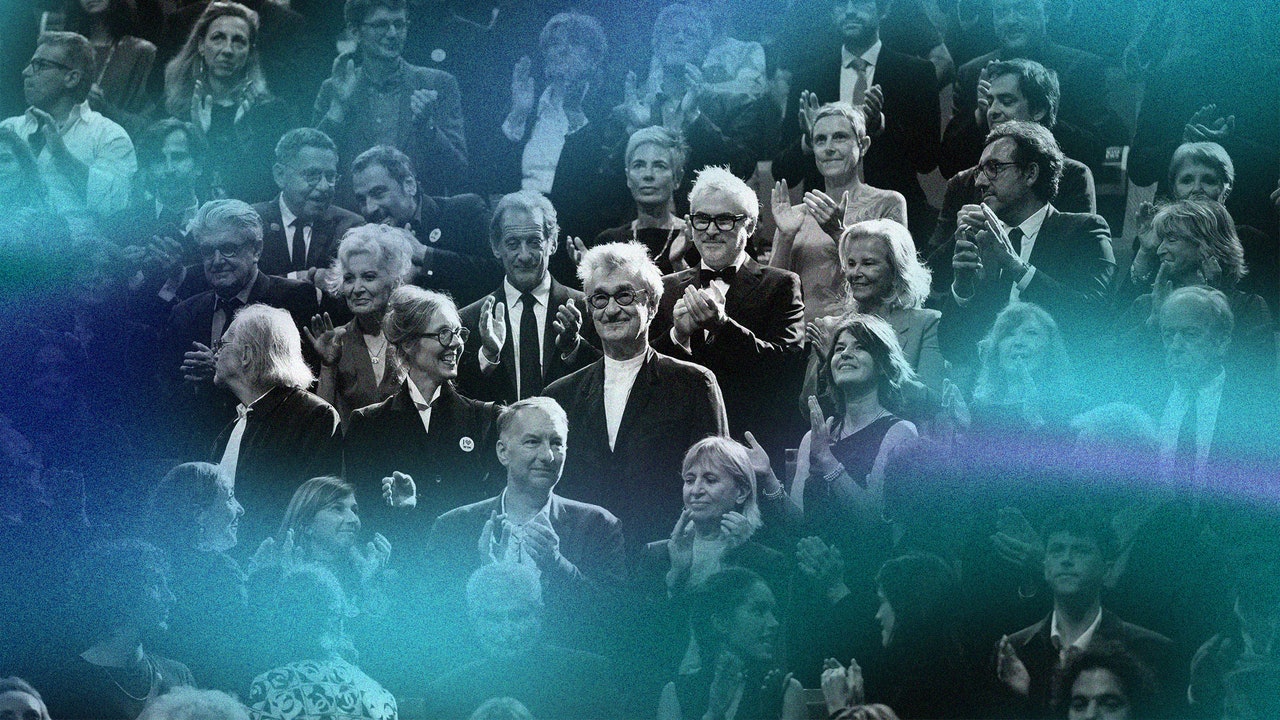“Wow,” Judd Legum, the author of the Popular Information newsletter, wrote, screenshotting even more weird fact-checks published by the Post that night. “The Washington Post ‘fact-check’ of night one of the DNC is embarrassing.”
This toothless tone-policing of criticisms against Trump was mercilessly parodied by The Onion during the debate. Fact-checking itself has become a political football—one we cannot afford to lose sight of.
Our modern definition of fact-checking and, by extension, our modern definitions of misinformation and disinformation—as in mass, politically motivated content published online—took shape in 2014, with Russia’s invasion of Ukraine. In a 2018 paper on disinformation, the International Center for Journalists cites the launch of the Internet Research Agency in Russia, the country’s notorious troll farm—and Ukraine’s answer to it, the “Stopfake” project—as the beginning of “fake news” as a concept, though the term wasn’t properly coined until 2016.
The BBC credits Hillary Clinton with introducing “fake news” to the world. In a December 2016 speech, she referenced “the epidemic of malicious fake news and false propaganda that flooded social media over the past year.” The term quickly became a catchall for, well, anything anyone didn’t think (or didn’t want others to think) was true online. Trump deployed it himself, accusing CNN of being fake news, only two days after Clinton first used the term.
It was during the Trump presidency that media companies began to formally separate fact-checking from other kinds of reporting. Ruling the country by Twitter, the president was able to, in the words of his chief far-right propagandist Steven Bannon, “flood the zone with shit” so thoroughly that every day felt like a battle to save objective reality.
Wading through this sludge proved to be a struggle for the country’s largest newsrooms. Misinformation and disinformation was an overwhelmingly partisan issue. Sure, you could find random leftists on Twitter saying all kinds of untrue things. But their conspiracy theories paled next to the president’s near-daily made-up accusations about his political enemies, to say nothing of the communities like QAnon that sprang up to amplify them. It’s hard to both-sides something that one side is so thoroughly committed to.
The peak of our fake news epidemic, as Clinton had called it, came in the early months of the COVID-19 pandemic, when online misinformation became intertwined with a genuine public health crisis. Online rumors and hoaxes now had a body count.
By the time President Joe Biden entered office in 2021, amid an insurrection driven by misinformation and disinformation that no amount of fact-checking from the media seemed able to dispel, his administration considered the problem so pressing it appointed Nina Jankowicz, a disinfo researcher, as the country’s “disinfo czar.” By 2022, she had been effectively chased out thanks to—what else?—a hurricane of disinformation and conservative outrage.
But those winds of outrage are a lot less powerful than they used to be. Trump has spent this election largely repeating what worked for him the last time around, regaling the crowds at his rallies with—as Harris pointed out at the debate—bizarre stories about electrocuting sharks and Hannibal Lecter sneaking across the southern border illegally. This has proved to be a severe miscalculation.
In 2016, Trump was able to hijack a media landscape that simply doesn’t exist anymore. The Biden years saw the death of American monoculture—or at least one form of it. Newsrooms across the country were liquidated by layoffs. Cable news ratings plummeted as their elderly audiences literally began dying off. And the most influential social platforms have become irrelevant because they’re no longer moderated or are flooded with AI-generated content. Trump’s megaphone is gone, and with it, the emperor’s clothes have disappeared.
After this week’s debate, conservative strategists and Trump’s running mate JD Vance were quick to jump on cable news shows and run defense for the former president, calling the aggressively fact-checked event a “three on one” debate and repeating many of the same debunked conspiracy theories Trump had just floated in it.
But the question is: Did you even see any of this? Or was it just more yelling into the void?









